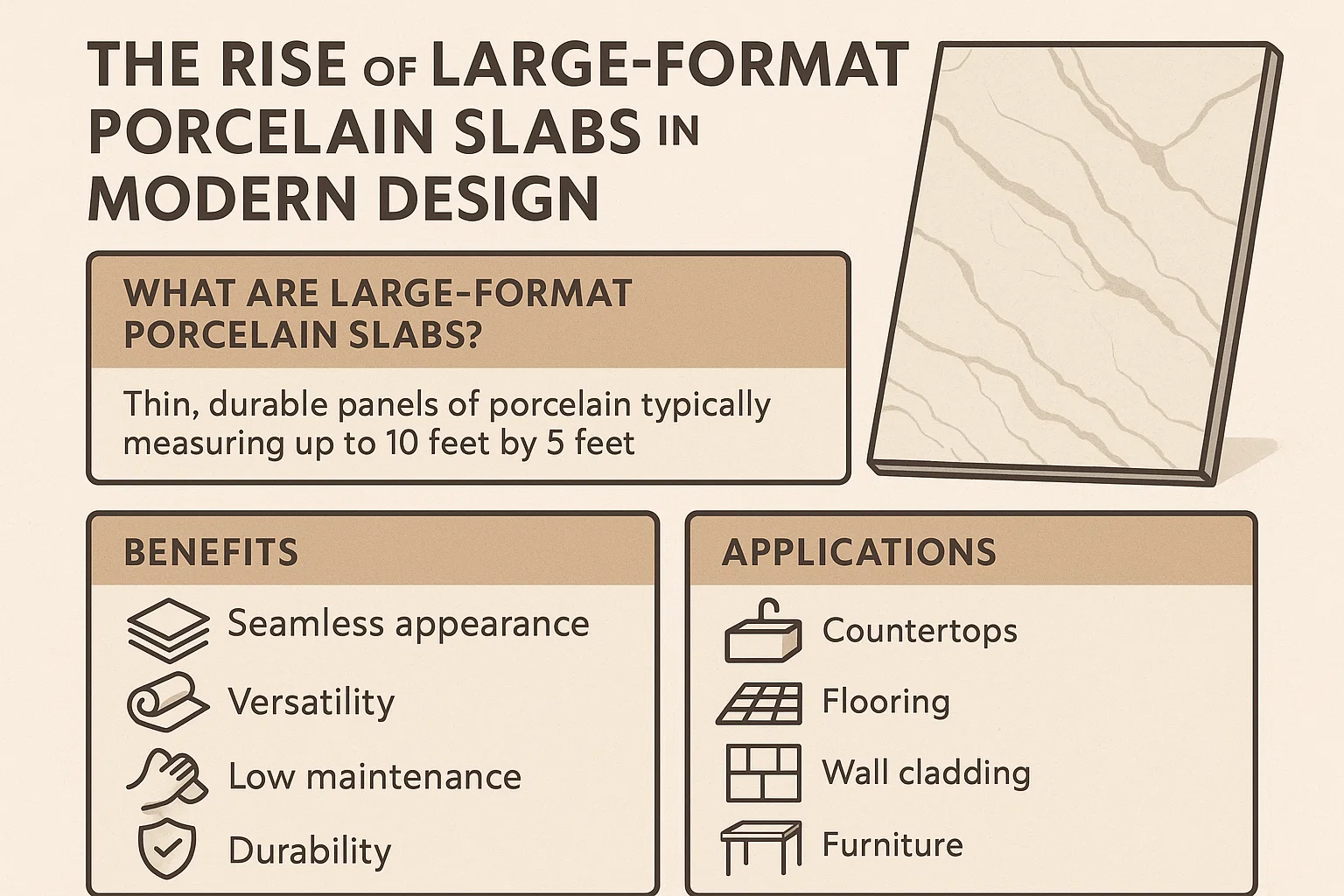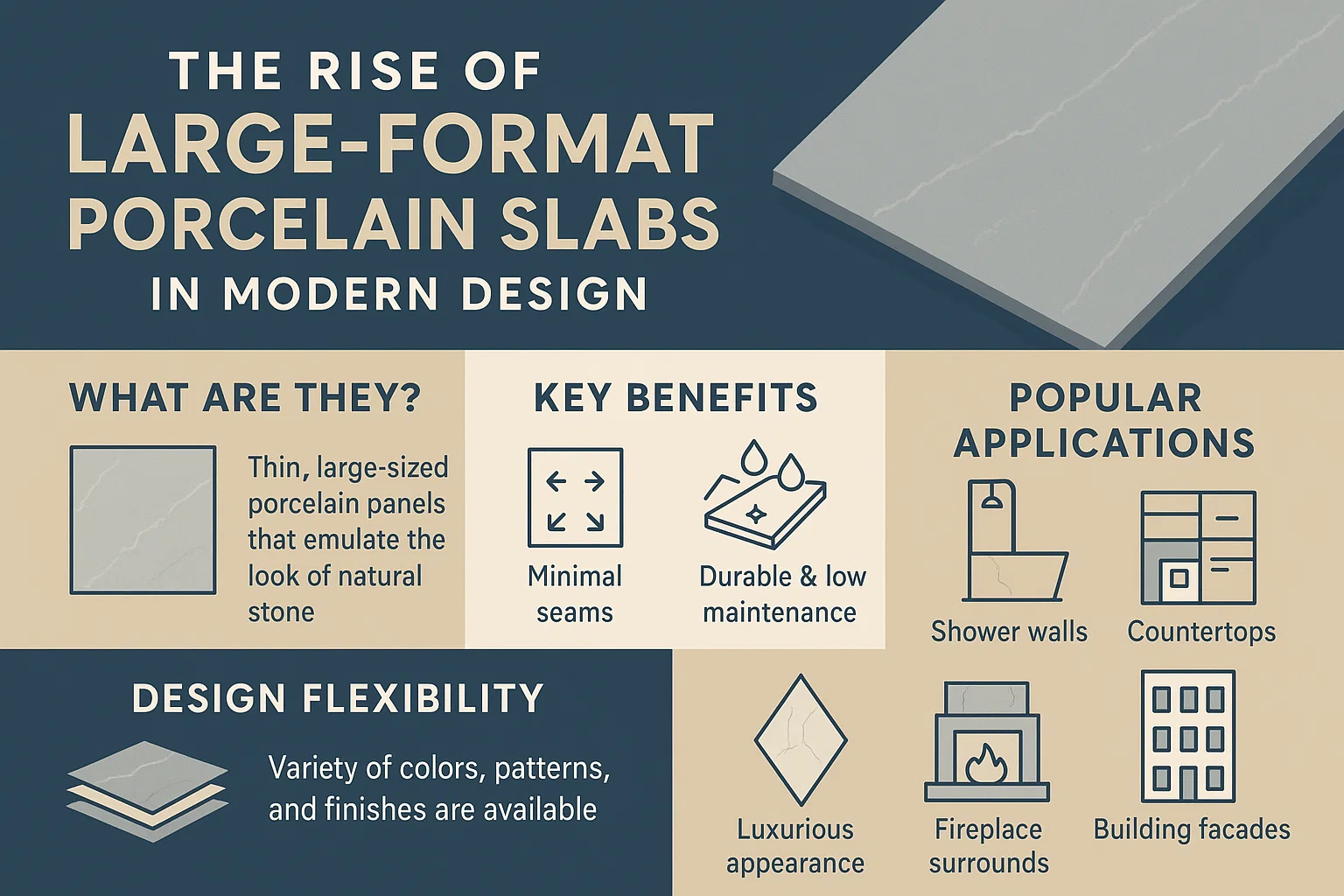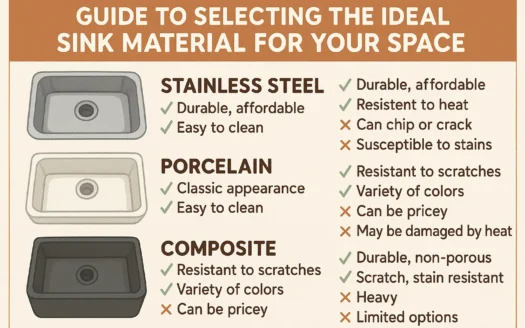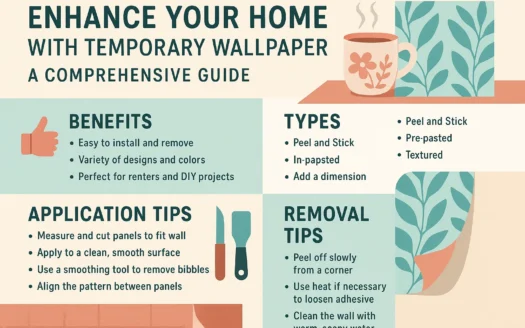The Rise of Large-Format Porcelain Slabs in Modern Design

Photo Credit: Meg B from Unsplash
While exploring Coverings 2025, one couldn’t help but notice the dominance of massive porcelain slabs featured in countless booths. These slabs adorned walls, floors, counters, and more—both indoors and outdoors. Discover why this material is surging in popularity and why homeowners are choosing it over marble and natural stone.
What Are Large-Format Porcelain Slabs?
Porcelain is no stranger to homes, appearing in dinnerware, tiles, sinks, and toilets. Celebrated for centuries as a durable and elegant material, its applications continue to expand. Originating in Europe and now popular in American homes, porcelain slabs are akin to tiles but on a grand scale. Measuring up to 10-by-5 feet (or larger via custom orders) and just 6–12 mm thick, they combine lightweight practicality with striking aesthetics.
“Most tile on the market today is good quality, so it’s really the format that sets one tile apart. Large-format thin tiles can mimic slabs or tiles, ideal for flooring without the bulk of natural stone.”
Manufactured in high-tech facilities using automated processes, these slabs deliver bold, seamless designs that natural stone cannot match.
The Benefits of Large-Format Porcelain Slabs
- Cost-Effective: Priced at $8–$15 per square foot, porcelain often undercuts marble and granite.
- Minimal Seams: Achieve a sleek, luxurious appearance with fewer joints.
- Less Grout: Simplified installation and a cleaner finish.
- Efficient Installation: Adhesive-based installation (professional recommended).
- Low Maintenance: Resists stains, scratches, and requires no sealing.
- Heat-Resistant: Withstands high temperatures, perfect for countertops.
- Stain-Proof: Non-porous surface repels spills and moisture.
- Durable: Ideal for high-traffic residential and commercial spaces.
- Retrofit-Friendly: Installs over existing floors or counters.
- Design Versatility: Mimics stone, wood, concrete, or offers bold patterns.
- Multi-Use: Suitable for walls, backsplashes, exteriors, pools, and more.
How Porcelain Slabs Compare to Marble
Photo Credit: Pawel Czerwinski from Unsplash
Porcelain’s slim profile (6–12 mm) makes it lighter and easier to install than marble slabs, which can be up to 3 inches thick. Marble requires labor-intensive installation, including a 2–3-inch deck mud layer, and cannot be placed over existing surfaces. Porcelain’s density also resists stains and UV damage, eliminating the need for sealants.
“Installers love it. It’s easy to cut and install—if you know what you’re doing.”
Cost Comparison:
- Porcelain: $8–$15 per square foot
- Marble: $9–$24 per square foot
While marble remains a timeless choice, porcelain’s versatility, durability, and modern appeal make it the standout option for contemporary homes.




